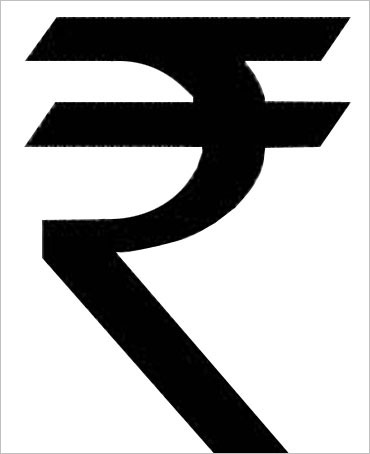The Income Tax department shared some very interesting data last week. In today’s column I will look at these data points and try and make some sense of them.
a) In the assessment year 2012-2013, around 2.87 crore individuals filed income tax returns. The total income tax collected from these individuals amounted to Rs 1,14,555 crore. In assessment year 2012-2013, income tax returns for the income earned in 2011-2012 had to be paid.
The interesting thing nonetheless was that only 1.25 crore individuals paid any income tax. Data from the World Bank shows that in 2011 the population of India was 124.7 crore. This basically means that in assessment year 2012-2013 around 1% of India’s population basically paid income tax.
One explanation for this is straightforward that income from agriculture is untaxed. Close to 50% of the country’s population still depends on agriculture for a living. Further, this also tells you that India is a poor country, where most people earn a taxable income of under Rs 2.5 lakh per year, above which one has to start paying income tax.
What this also tells us among other things, is that a major part of the Indian economy continues to operate in the black zone. Hence, a tremendous amount of black money is generated, on which income tax does not get paid.
b) Around 3.94 lakh Indians pay a tax of greater than Rs 5 lakh. In total they paid an income tax of Rs 64,313 crore in assessment year 2012-2013, which made up for around 56% of the income tax paid by individuals.
Further, around 13.9 lakh Indians paid an income tax of greater than Rs 1.5 lakh. In total, they paid an income tax of Rs 91,110 crore. This made up for around 79.5% of the total income tax paid by individuals for the assessment year 2012-2013.
This means that around 0.11% of India’s population (13.9 lakh divided by 124.7 crore) paid around 80% of the income tax paid by individuals in the assessment year 2012-2013. This is one data point that clearly tells you how few Indians actually pay income tax.
c) Only around 26 lakh Indians filed for income from house property under the individual category. A total income of Rs 29,927 crore was declared under this category.
Of this around 6.06 lakh showed losses under income from house property. This would primarily include people who have taken on a home loan to buy a house and are repaying it. The interest paid on a home loan can be adjusted as a loss. Prima facie the number seems to be extremely low.
Further, this means that around 19.95 lakh people declared “real” income from house property. This is another extremely low number. What this means is that there are only 20 lakh landlords in the country. This is a clear indication of the fact that most landlords are getting their rents paid in cash and not paying any income tax on it. It may also be an indication of the fact that many landlords have not put up their homes on rent.
d) The data points released by the income tax department answers a major question—what is the effective rate of personal income tax in India. We all know that there are three income tax rates of 10%, 20% and 30%, with a higher rate being applied as the income goes up. Nevertheless, what portion of income is the government actually able to collect as tax, after all the deductions are applied, is an interesting question to answer.
| Income under the head | (in Rs crore) |
| Salary | 6,27,200 |
| House property income | 29,927 |
| Business income | 4,03,251 |
| long term capital gain | 30,479 |
| short term capital gains | 3,290 |
| Other sources income | 1,28,020 |
| Interest income | 44,918 |
| Total Income | 12,67,085 |
| Total tax collected | 1,14,555 |
| Effective rate of income tax | 9.04% |
Take a look at the above table. For the assessment year 2012-2013, individuals declared a total income of Rs 12,67,085 crore. On this an income tax of Rs 1,14,555 crore was collected. This means an effective rate of 9.04%. Hence, the effective rate of income tax is even lower than the lowest rate of 10%. This is clearly a reason to worry for the government.
e) While the release of detailed income tax data is a good start, much more remains to be done. First and foremost, data from more years needs to be released. This means releasing data from prior to assessment year 2012-2013. It also means releasing data from years after assessment year 2012-2013. More data would help researchers spot trends over the years.
The data released last week is now almost half a decade old. It would be great that in the time to come, the income tax department can be more prompt in releasing such data.
f) One major complain I have with the income tax department on this is that they released the data in the form of PDF files. While that is fine, data in the form of excel files should also have been released. This makes the data machine readable immediately and is of tremendous importance for researchers. Otherwise a lot of time is uselessly spent in transferring data from the PDF files to an excel file.
g) Also, it would have been great if exempt income (like dividend income from stocks, long-term capital gains on stocks etc.), would also have been declared. This would have given us some idea how much potential tax is the government losing out on.
To conclude, this is a good start. Nevertheless, more income tax data needs to be declared in the time to come.
The column originally appeared on the Vivek Kaul Diary on May 3, 2016
